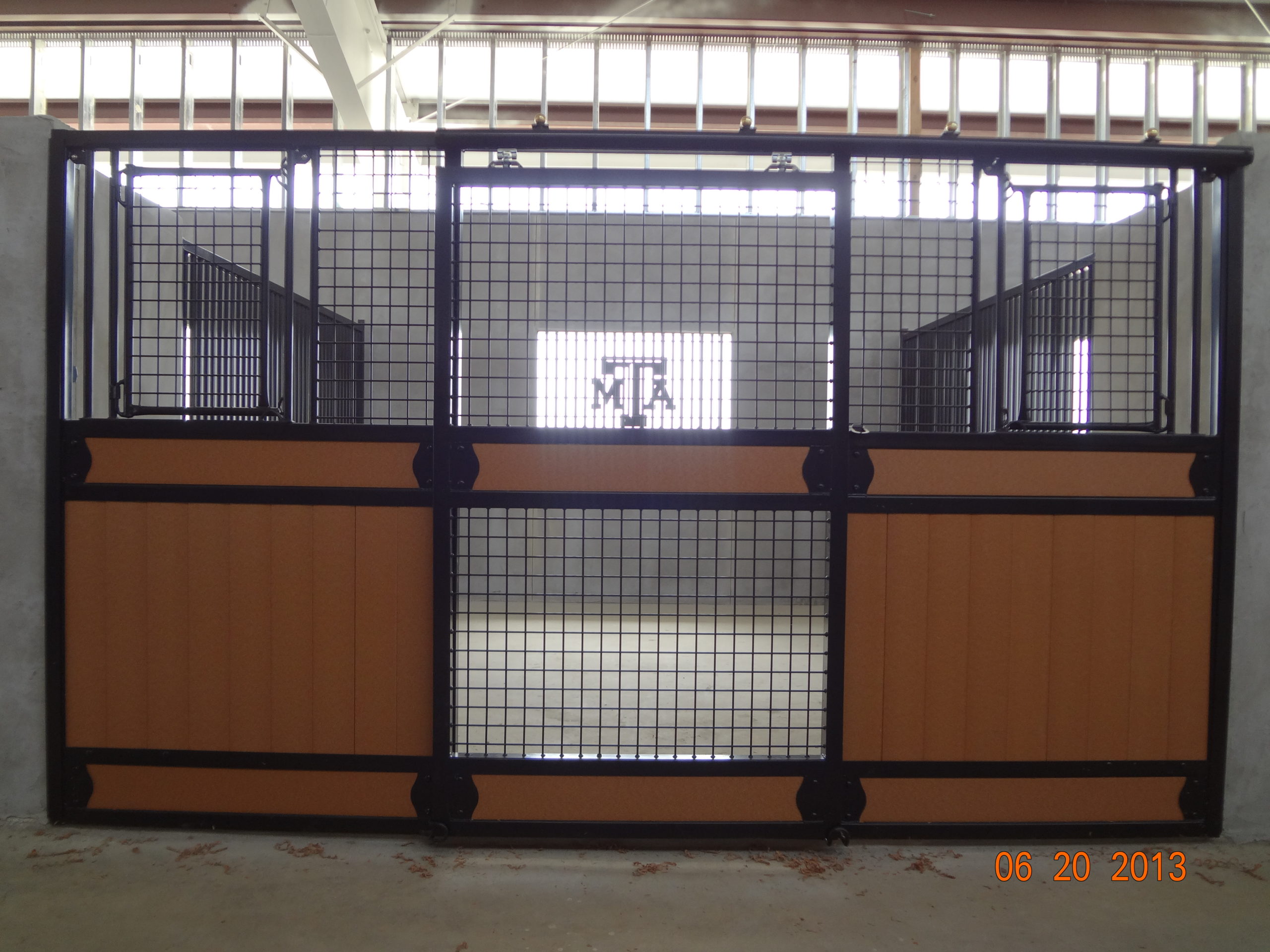Benefits of Plastic Lumber in Horse Stables

Designing a horse stable is a process that includes several aspects. Chief among them is the material that you decide to build it from. Your stable must be constructed reliably so that it fulfills its purpose, whether that is acting as a place to keep horses under shelter or as a more temporary place for them to stand in competitive environments. Plastic lumber is an optimal material to meet these needs. We’ll talk about what the benefits of plastic lumber in horse stables are in this post.
Durable Enough for the Job
The first quality you look for in a material for your horse stables is durability. Plastic lumber delivers on this front. It can withstand the force of bumps and kicks from the horses without being completely destroyed. It has just the right amount of give to ensure that it is not too brittle, yet it still holds its shape after tension is applied to it. Just about anything you might expect from regular wood, plastic lumber can match without wood’s weaknesses. On top of resisting battering, plastic lumber may also have fiberglass mixed into it to improve its structural firmness.
Easy to Maintain
The second key benefit of using plastic lumber in horse stables is that it is easy to maintain. Plastic lumber is unaffected by moisture-related deterioration, so you don’t need to deal with rotting, cracking, and warping. The HDPE plastic does not absorb and hold water, so you can hose off the stable and sanitize it without fear of rot or other issues. In addition, insects and other pests will not burrow into HDPE plastic, helping it to keep its pristine condition far longer. With wood, you must apply and periodically re-apply sealing chemicals to help it stand up to the aforementioned degradation. Plastic lumber needs no such treatment.
The next time you are building a horse stable, get in touch with Tangent Materials. We are a recycled plastic lumber distributor whose products have been used to great success in equine applications, as well as in marine, agricultural, and industrial settings.












